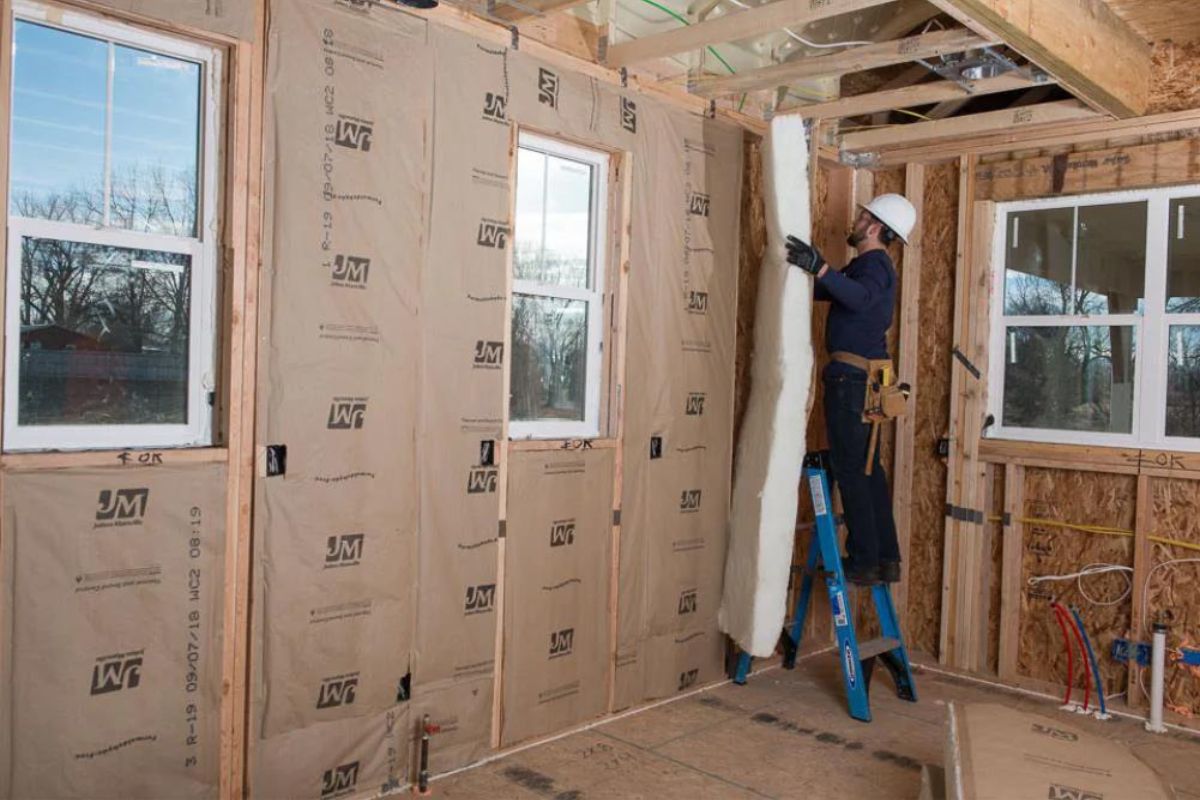

Articles
How Thick Is R-38 Insulation
Modified: January 8, 2024
Discover the thickness of R38 insulation in our informative articles. Learn how this insulation type can improve your home's energy efficiency.
(Many of the links in this article redirect to a specific reviewed product. Your purchase of these products through affiliate links helps to generate commission for Storables.com, at no extra cost. Learn more)
Introduction
Welcome to our comprehensive guide on R38 insulation and its thickness. If you’re considering insulating your home or building, understanding insulation thickness is crucial in making informed decisions. Insulation acts as a barrier to prevent heat transfer, keeping your indoor spaces comfortable year-round. R38 insulation is a popular choice due to its high thermal resistance and energy efficiency properties. In this article, we’ll delve into the details of R38 insulation, explore its measurements, discuss its benefits, and provide installation guidelines. By the end, you’ll have a solid understanding of R38 insulation and the importance of its thickness.
Key Takeaways:
- Understanding R38 insulation thickness is crucial for maximizing energy efficiency and comfort in buildings. Factors such as climate, building design, and material selection play a significant role in determining the optimal insulation thickness.
- R38 insulation offers a range of benefits, including enhanced energy efficiency, improved comfort, noise reduction, fire resistance, environmental sustainability, and long-term savings on utility bills. Proper installation and cost considerations are essential for making informed decisions.
Read more: How Thick Is R-38 Blown Insulation
What is R38 Insulation?
R38 insulation refers to a specific type of insulation that is commonly used in residential and commercial buildings to improve energy efficiency and thermal resistance. The “R” in R38 stands for thermal resistance, which measures how effectively the insulation material can resist heat flow. The higher the R-value, the better the insulation performance.
R38 insulation is typically made from mineral wool, fiberglass, or cellulose material. These materials are known for their excellent insulation properties, durability, and fire resistance. R38 insulation is specifically designed to provide enhanced thermal resistance, making it well-suited for climates with extreme hot or cold temperatures.
The R38 insulation thickness refers to the amount of insulation material needed to achieve an R-value of 38. The exact thickness can vary depending on the insulation material used, as different materials have different R-values per unit thickness. It is important to consult with a professional or refer to manufacturer guidelines to determine the specific thickness required for R38 insulation in your building.
R38 insulation is commonly used in attics, ceilings, and walls to create a thermal barrier and prevent heat transfer. It helps to keep the indoor temperature stable, reducing the need for excessive heating or cooling and consequently lowering energy costs. Additionally, R38 insulation also acts as a sound barrier, reducing noise transmission between different areas of the building.
Now that we have a basic understanding of R38 insulation and its purpose, let’s dive deeper into the concept of insulation thickness and how it impacts the effectiveness of R38 insulation.
Understanding Insulation Thickness
Insulation thickness plays a crucial role in determining the energy efficiency and comfort level of a building. The thickness of insulation is directly related to its thermal resistance, commonly measured in R-values. The R-value measures how well the insulation resists heat flow – the higher the R-value, the better the insulation’s ability to prevent heat transfer.
When it comes to R38 insulation, the thickness is specifically designed to achieve an R-value of 38. However, different insulation materials have a varying R-value per unit thickness. For example, fiberglass insulation typically has an R-value of around 3 to 4 per inch of thickness, while cellulose insulation has an R-value of approximately 3.5 to 3.8 per inch. As a result, the thickness required to achieve an R38 value may differ depending on the insulation material being used.
Insulation thickness is determined through careful calculations and recommendations based on the specific building requirements and local climate conditions. It is essential to consult with professionals or refer to building codes and manufacturer guidelines to ensure the proper thickness is installed for R38 insulation.
It’s important to note that insulation thickness alone is not the sole factor determining energy efficiency. Factors such as installation quality, air sealing, and proper ventilation also contribute significantly to a building’s energy performance. A well-insulated space with the right thickness, combined with these other elements, can help create a comfortable and energy-efficient environment.
When considering insulation thickness, it’s vital to strike a balance between achieving the desired R-value and considering the available space for installation. In some cases, due to space limitations or budget constraints, it may not be possible to achieve the recommended thickness for R38 insulation. However, working with insulation professionals can help find alternative solutions to optimize energy efficiency within the given constraints.
By understanding the importance of insulation thickness and its correlation to R-values, you can make informed decisions when it comes to selecting and installing insulation materials. The next section will explore the factors that can affect insulation thickness and what measurements are associated with R38 insulation.
Factors Affecting Insulation Thickness
Several factors can influence the required thickness of insulation, including the following:
- Climate: The climate of the region where the building is located plays a significant role in determining insulation thickness. In colder climates, where the temperature difference between indoor and outdoor spaces is significant, thicker insulation is needed to provide adequate thermal resistance. Conversely, in warmer climates, where the focus is on keeping the heat out, insulation thickness may be slightly reduced.
- Building Design: The design of the building, including its size, layout, and architectural features, can impact insulation thickness. Buildings with vaulted or cathedral ceilings, for example, may require additional insulation to account for the increased surface area and potential for heat loss.
- Energy Efficiency Goals: The desired energy efficiency goals also play a role in determining insulation thickness. If the goal is to achieve a higher level of energy efficiency and reduce energy consumption, thicker insulation with higher R-values may be recommended.
- Building Codes and Regulations: Building codes and regulations provided by local authorities often specify minimum insulation requirements. These codes may dictate the recommended or required insulation thickness based on regional climate conditions.
- Budget: Budget constraints can impact the choice of insulation thickness. Thicker insulation usually comes at a higher cost, so it’s essential to strike a balance between desired energy efficiency and available budget.
It’s worth noting that insulation thickness is not the only factor to consider when it comes to energy efficiency. Proper installation techniques, air sealing, and addressing thermal bridges are equally important to maximize the effectiveness of insulation and minimize heat loss or gain.
When determining the appropriate insulation thickness for R38 insulation, it is recommended to work with insulation professionals who have knowledge and experience in calculating and assessing the specific requirements of your building. They can evaluate all the above factors and provide guidance on the most suitable insulation thickness for your needs.
Now that we’ve explored the factors that can influence insulation thickness, let’s dive into the specific measurements associated with R38 insulation.
Measurements of R38 Insulation
The measurement of R38 insulation refers to the thickness of the insulation material required to achieve an R-value of 38. However, the specific measurements can vary depending on the type of insulation material used.
Fiberglass insulation, for example, typically has an R-value of around 3 to 4 per inch of thickness. This means that to achieve an R38 value with fiberglass insulation, the recommended thickness would be approximately 9.5 to 12 inches. Keep in mind that this is a general guideline, and it’s essential to consult with professionals or refer to manufacturer guidelines for the specific R-value per inch and corresponding thickness of fiberglass insulation.
Cellulose insulation is another common material used for R38 insulation. It usually has an R-value of about 3.5 to 3.8 per inch. To achieve an R-value of 38 using cellulose insulation, the thickness required would be around 10 to 11 inches. However, it’s important to note that the density and settling of cellulose insulation may affect its effective R-value over time. Professionals can provide guidance on the appropriate thickness and installation techniques to account for settling and maintain consistent thermal resistance.
It’s worth mentioning that other factors, such as the presence of vapor barriers or air gaps, can also impact the overall effectiveness of insulation and, subsequently, the required thickness. These factors should be considered when determining the measurements for R38 insulation.
Remember that installation procedures and building codes may vary, so it’s crucial to consult with professionals or refer to local guidelines to ensure compliance and optimal insulation thickness for your specific project.
Now that we understand the measurements associated with R38 insulation, let’s explore the benefits of using R38 insulation in buildings.
R38 insulation is typically around 10-11 inches thick. However, it’s important to check the specific product’s specifications as thickness can vary.
Read more: What Is R-38 Insulation
Benefits of Using R38 Insulation
Choosing R38 insulation for your building can provide several significant benefits. Let’s explore some of the key advantages:
- Enhanced Energy Efficiency: R38 insulation offers high thermal resistance, minimizing heat transfer through walls, ceilings, and attics. By reducing unwanted heat gain in the summer and heat loss in the winter, R38 insulation helps maintain a consistent indoor temperature and reduces the need for excessive heating and cooling. This, in turn, leads to improved energy efficiency and lower utility bills.
- Improved Comfort: With its excellent insulation properties, R38 insulation helps create a more comfortable living or working environment. It helps regulate indoor temperatures, keeping the space warmer in the winter and cooler in the summer. Thus, occupants can enjoy consistent temperature levels and avoid drafts or overheating.
- Noise Reduction: In addition to thermal resistance, R38 insulation also acts as a sound barrier. It helps reduce the transmission of sound from outside or between different areas within the building. This can be particularly beneficial in noisy environments or places where privacy is essential.
- Fire Resistance: R38 insulation materials, such as mineral wool or fiberglass, are known for their fire resistance properties. They can help slow down the spread of fire, providing occupants with valuable time to evacuate the building and minimizing property damage.
- Environmental Sustainability: Using R38 insulation with higher R-values allows for better energy efficiency, leading to reduced greenhouse gas emissions and environmental impact. Additionally, many insulation materials used for R38 insulation are recyclable and made from sustainable sources, contributing to a greener building and a healthier planet.
- Long-Term Savings: While the upfront cost of R38 insulation may be higher compared to lower R-value options, the long-term benefits and energy savings outweigh the investment. The reduced energy consumption helps lower utility bills, resulting in significant long-term savings over the lifespan of the insulation.
Keep in mind that the specific benefits of R38 insulation can vary depending on factors such as climate, building design, and installation quality. It’s important to consult with professionals and consider the specific needs and requirements of your building to optimize the benefits of using R38 insulation.
Now that we’ve explored the advantages of R38 insulation, let’s examine some common uses of this insulation type.
Common Uses of R38 Insulation
R38 insulation is versatile and can be used in various parts of a building to provide thermal resistance and energy efficiency. Here are some common uses of R38 insulation:
- Attics: Attics are a primary area where R38 insulation is commonly installed. The attic space is often a significant source of heat loss or gain in a building, making it crucial to insulate it properly. R38 insulation helps create a barrier against heat transfer through the attic, keeping the indoor space comfortable and reducing energy consumption.
- Ceilings: R38 insulation can also be used in ceilings, particularly in buildings with elevated ceilings or upper floors. Insulating the ceiling with R38 insulation helps prevent heat transfer between the upper and lower levels, ensuring consistent temperatures throughout the building.
- Walls: Insulating walls with R38 insulation can significantly improve the energy efficiency of a building. It helps reduce heat loss through the walls and minimizes drafts, creating a more comfortable indoor environment. R38 insulation in walls also acts as a sound barrier, reducing noise transmission from outside sources.
- Crawl Spaces: Crawl spaces are susceptible to moisture and temperature fluctuations, which can impact the overall comfort and energy efficiency of a building. Insulating crawl spaces with R38 insulation helps maintain a consistent temperature, prevents moisture issues, and reduces the potential for mold and mildew growth.
- Basements: R38 insulation is often used in basement walls and floors to improve thermal resistance and energy efficiency. Insulating basements helps prevent heat loss, reduces the potential for moisture, and creates a more comfortable living or storage space.
It’s essential to consult with professionals or refer to building codes and regulations to ensure compliance and proper installation techniques when using R38 insulation. They can assess the specific needs of your building and recommend the most suitable application areas for R38 insulation.
Now that we’ve explored common uses of R38 insulation, let’s move on to the installation guidelines.
Installation Guidelines for R38 Insulation
Proper installation is crucial to maximize the effectiveness of R38 insulation. Here are some general guidelines to consider when installing R38 insulation:
- Prepare the Area: Before installing R38 insulation, ensure that the area is clean, free of any debris, and properly sealed. Repair any cracks or gaps in walls, ceilings, or attics to prevent air leakage and ensure the insulation can perform optimally.
- Use the Right Material: Select the appropriate insulation material for R38 insulation, such as fiberglass or cellulose, based on your specific needs and building requirements. Ensure that the chosen material meets the necessary fire safety and environmental standards.
- Wear Protective Gear: When handling insulation materials, always wear the appropriate safety gear, including gloves, goggles, and a face mask, to protect yourself from any potential irritants or hazards.
- Properly Measure and Cut: Measure the required length and width of insulation accurately, allowing for any necessary adjustments for framing or obstructions. Use a utility knife or insulation cutter to cut the insulation to the desired size.
- Fit and Secure the Insulation: Place the cut insulation snugly into the desired area, ensuring it fits tightly and covers the entire space without leaving gaps. Use staples, adhesive, or insulation supports to secure the insulation in place and prevent movement or sagging.
- Seal Air Leaks: Pay close attention to sealing any gaps, cracks, or joints in the insulation to prevent air leakage. Use caulk or specialized sealants to seal any openings, ensuring a tight and airtight seal.
- Consider Vapor Barriers: Depending on the climate and building specifications, you may need to install a vapor barrier alongside R38 insulation. Vapor barriers help control moisture levels and prevent condensation, enhancing the insulation’s performance.
- Follow Local Building Codes: It is vital to adhere to local building codes and regulations when installing R38 insulation. Familiarize yourself with these requirements and consult professionals, if needed, to ensure compliance and safety.
Keep in mind that the specific installation guidelines may vary depending on the insulation material used and any unique aspects of your building. It’s always best to consult with professionals to get personalized advice and ensure proper installation techniques for R38 insulation.
Now that we’ve covered the installation guidelines, let’s move on to the cost considerations when using R38 insulation.
Cost Considerations for R38 Insulation
When considering R38 insulation for your building, it’s important to take into account the cost factors associated with the insulation material and installation process. Here are some key cost considerations to keep in mind:
- Insulation Material: The cost of the insulation material itself varies depending on the type and brand you choose. Fiberglass insulation is generally more affordable compared to other options such as mineral wool or spray foam insulation. It’s important to consider the long-term benefits and energy savings that higher-quality insulation materials can provide.
- Insulation Thickness: Thicker insulation, such as R38, generally costs more than thinner insulation due to the increased material required. However, the overall cost depends on factors such as the specific insulation material used, the area to be insulated, and any unique installation requirements.
- Installation Costs: The cost of hiring professionals to install R38 insulation can vary depending on the size of the project, the complexity of the installation, and the region’s labor rates. It’s recommended to obtain multiple quotes from experienced insulation contractors and consider their qualifications and reputation along with the pricing.
- Additional Materials: In some cases, additional materials may be required for the installation process, such as vapor barriers, air sealing materials, or insulation supports. Factor in the cost of these supplementary materials when estimating the total cost of installing R38 insulation.
- Energy Savings: While upfront costs may be higher for R38 insulation, it’s important to consider the long-term energy savings that result from improved energy efficiency. By reducing heating and cooling expenses, R38 insulation can provide significant savings over the lifespan of the building.
- Return on Investment: Assessing the return on investment (ROI) is essential when considering the cost of R38 insulation. Calculate the potential energy savings over time and compare it to the initial investment to determine the payback period. This allows you to evaluate whether the cost of R38 insulation aligns with your budget and anticipated long-term savings.
It’s important to note that while cost is a significant factor, it shouldn’t be the sole determinant for choosing insulation. Consider the overall benefits, energy efficiency goals, and the specific requirements of your building when making a decision.
Consulting with insulation professionals and obtaining multiple quotes will help you make an informed decision about the cost and installation of R38 insulation. They can provide guidance on the most suitable insulation material and thickness based on your needs, budget, and energy efficiency objectives.
Now, let’s conclude our article on R38 insulation.
Read more: How Thick Is R-13 Insulation
Conclusion
In conclusion, R38 insulation is a popular choice for enhancing energy efficiency and thermal resistance in residential and commercial buildings. Understanding insulation thickness is crucial when considering R38 insulation, as it directly impacts its performance and effectiveness. R38 insulation refers to the thickness of the insulation material required to achieve an R-value of 38, with specific measurements varying depending on the insulation material used.
There are several factors to consider when choosing R38 insulation, including climate, building design, energy efficiency goals, building codes, and budget. By considering these factors, you can determine the optimal insulation thickness and material for your specific project.
R38 insulation offers a range of benefits, including enhanced energy efficiency, improved comfort, noise reduction, fire resistance, environmental sustainability, and long-term savings on utility bills. It is commonly used in attics, ceilings, walls, crawl spaces, and basements to provide thermal resistance and energy efficiency.
When installing R38 insulation, it’s essential to follow proper guidelines, ensuring the area is prepared, the right materials are used, and the insulation is securely fitted and sealed. Adhering to local building codes and consulting with professionals will help ensure a successful installation.
Cost considerations for R38 insulation include the price of the insulation material, insulation thickness, installation costs, additional materials, energy savings, and the return on investment. Balancing the upfront costs with the long-term energy savings is key to making an informed decision.
In summary, R38 insulation offers numerous advantages in terms of energy efficiency, comfort, and cost savings. Understanding insulation thickness, considering the specific needs of your building, and consulting with professionals will help you choose the right R38 insulation for your project, optimizing its performance and benefits.
Frequently Asked Questions about How Thick Is R-38 Insulation
Was this page helpful?
At Storables.com, we guarantee accurate and reliable information. Our content, validated by Expert Board Contributors, is crafted following stringent Editorial Policies. We're committed to providing you with well-researched, expert-backed insights for all your informational needs.
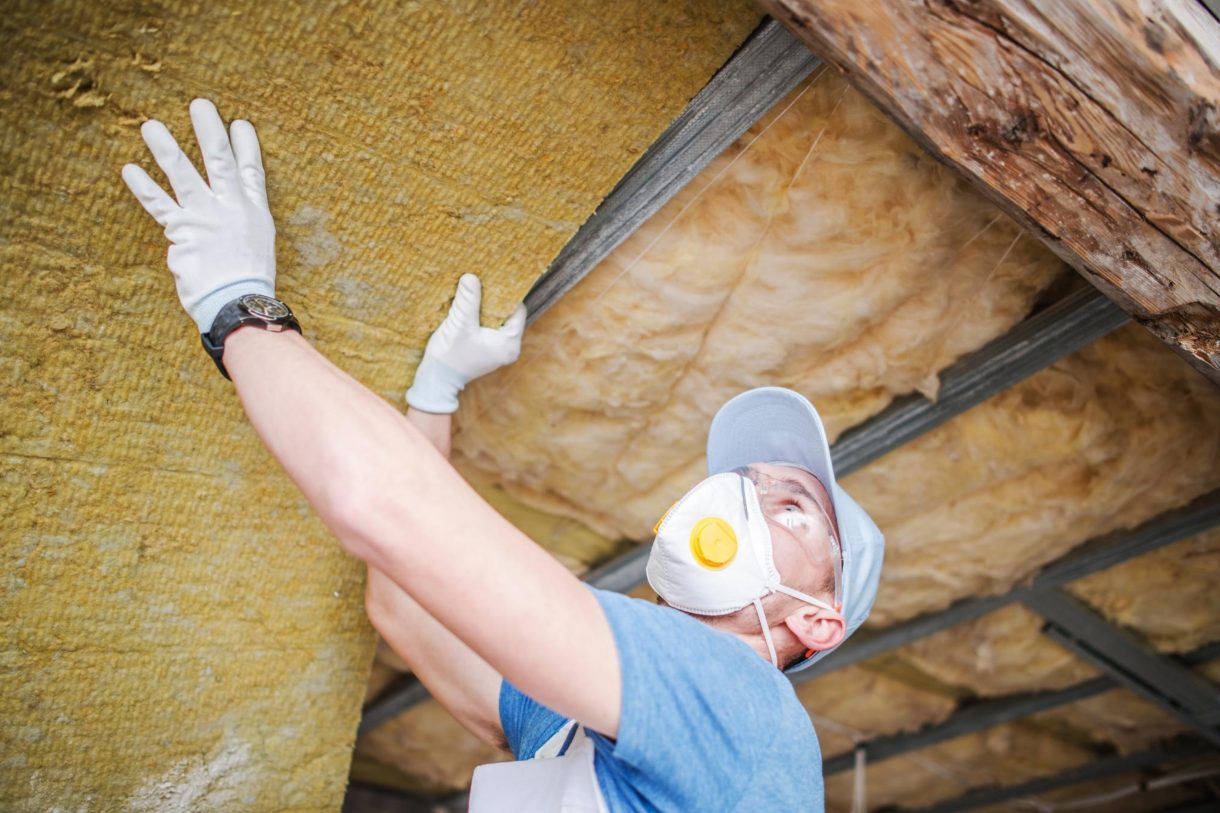
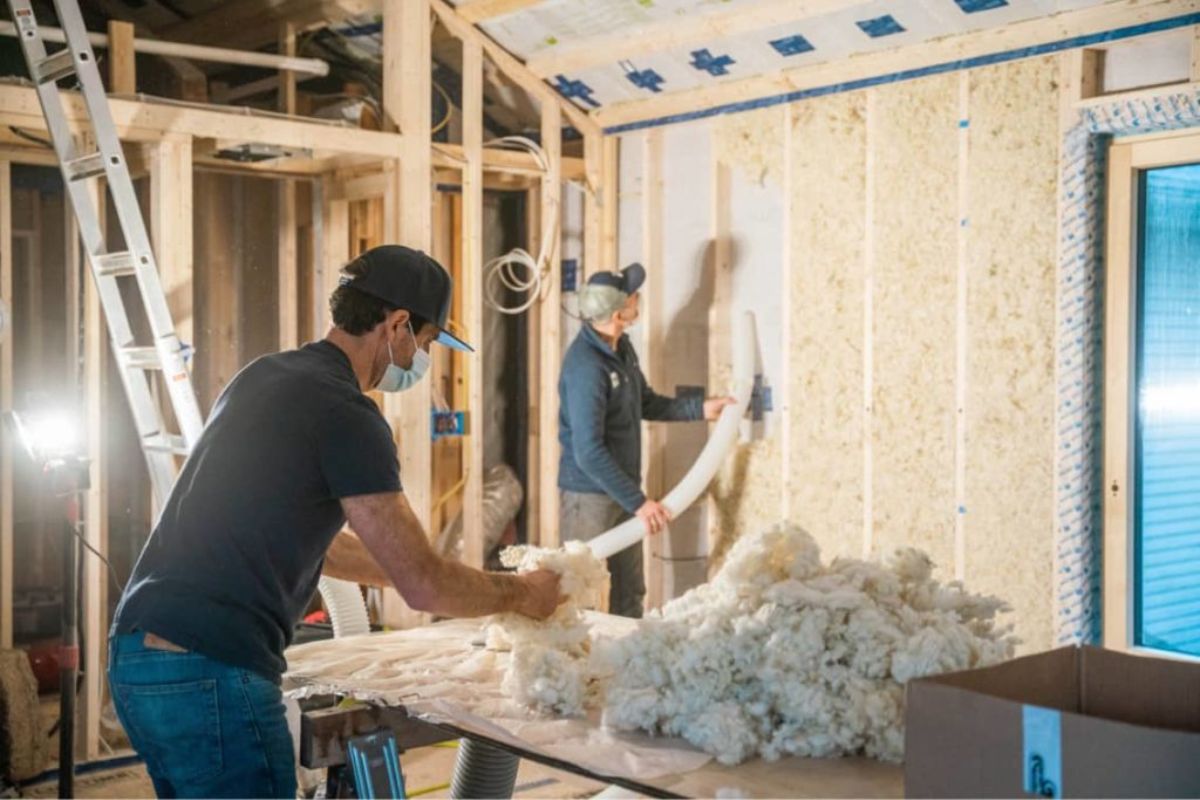
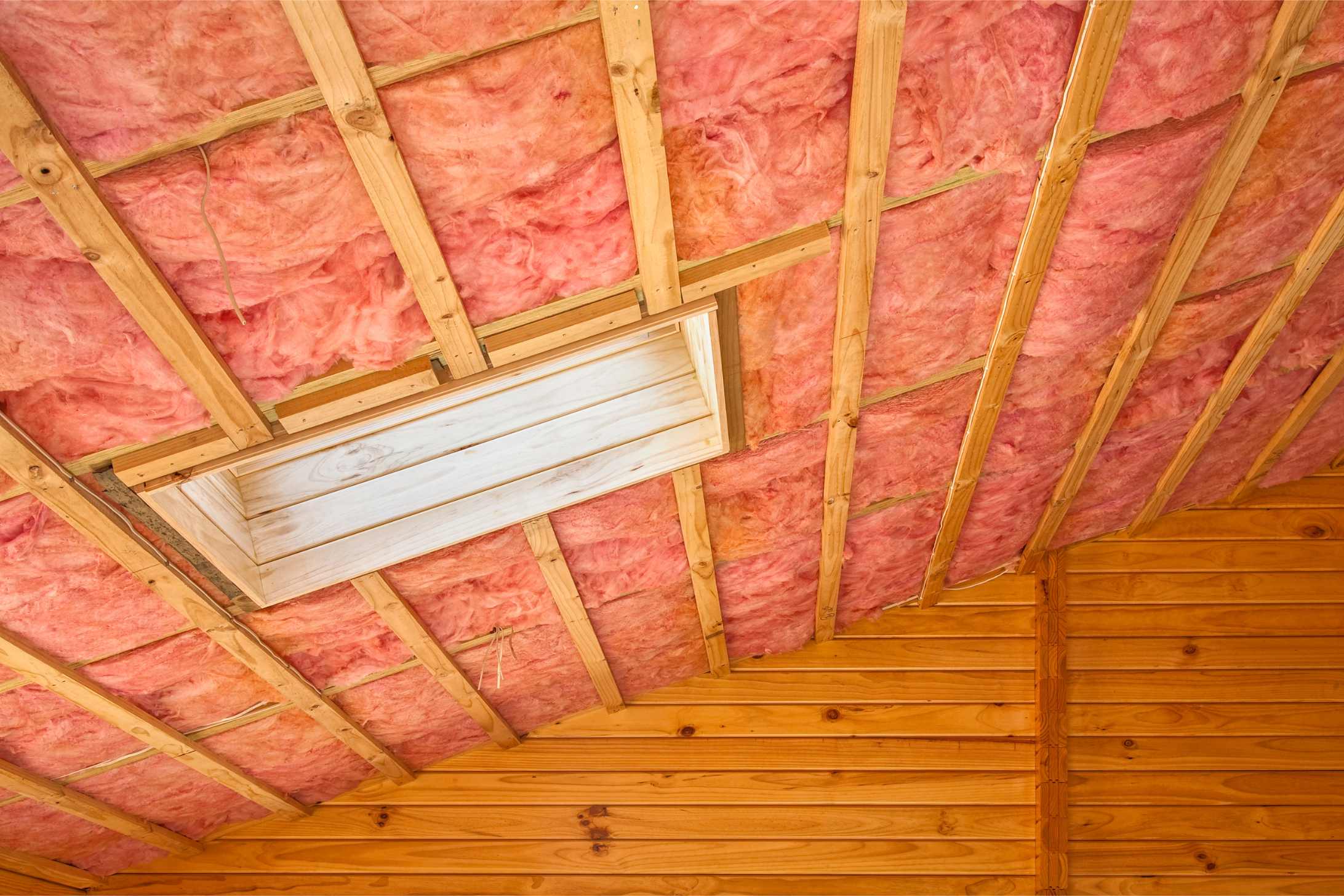
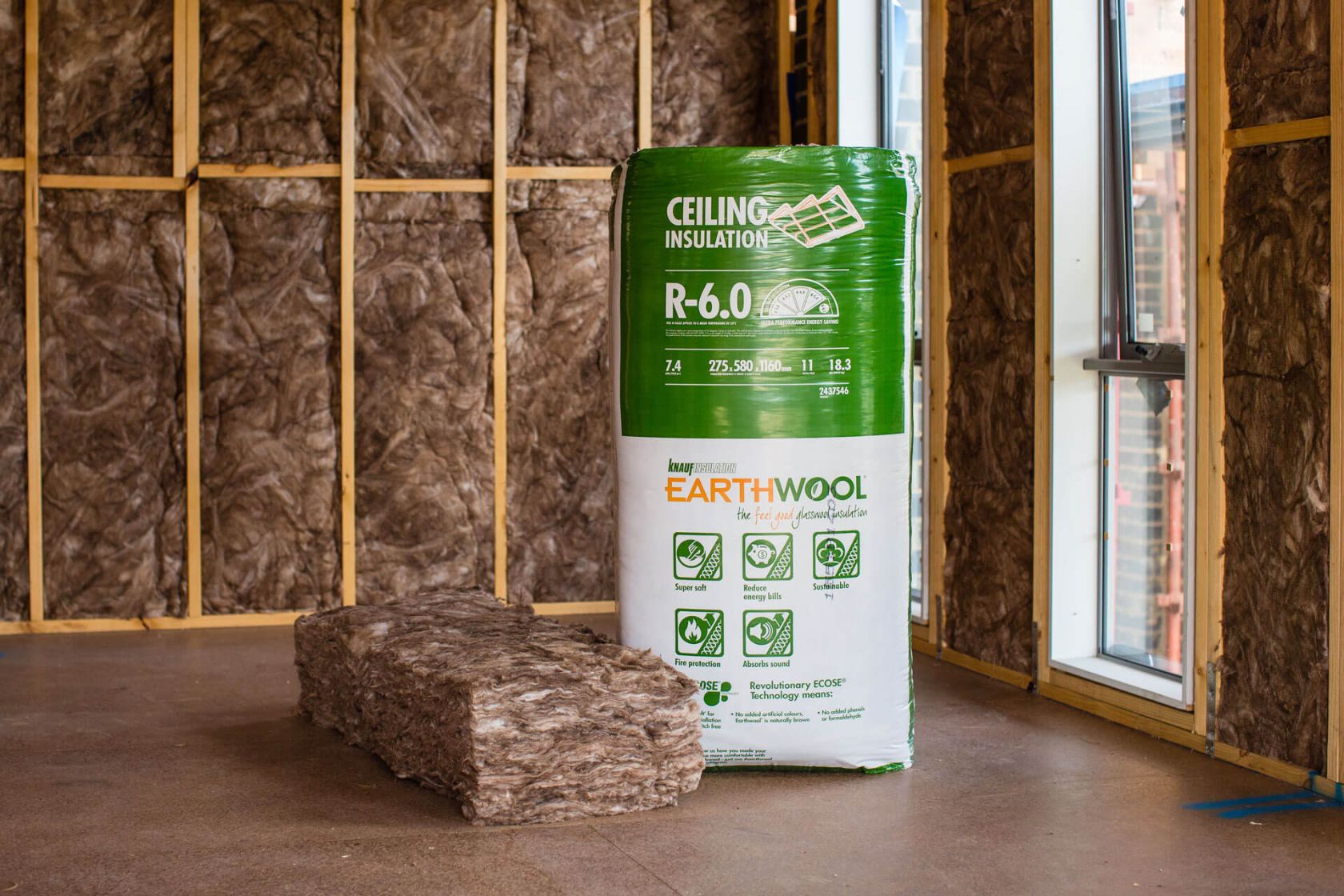
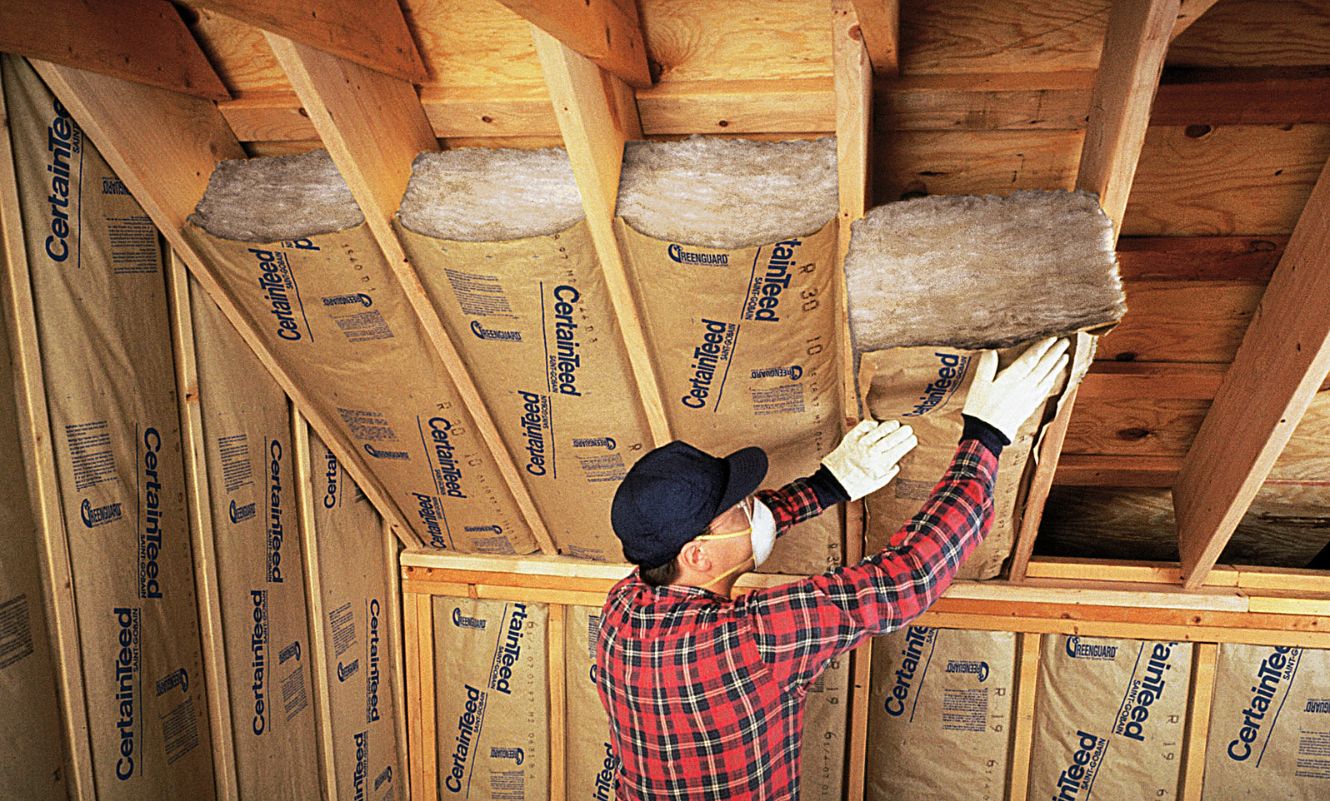
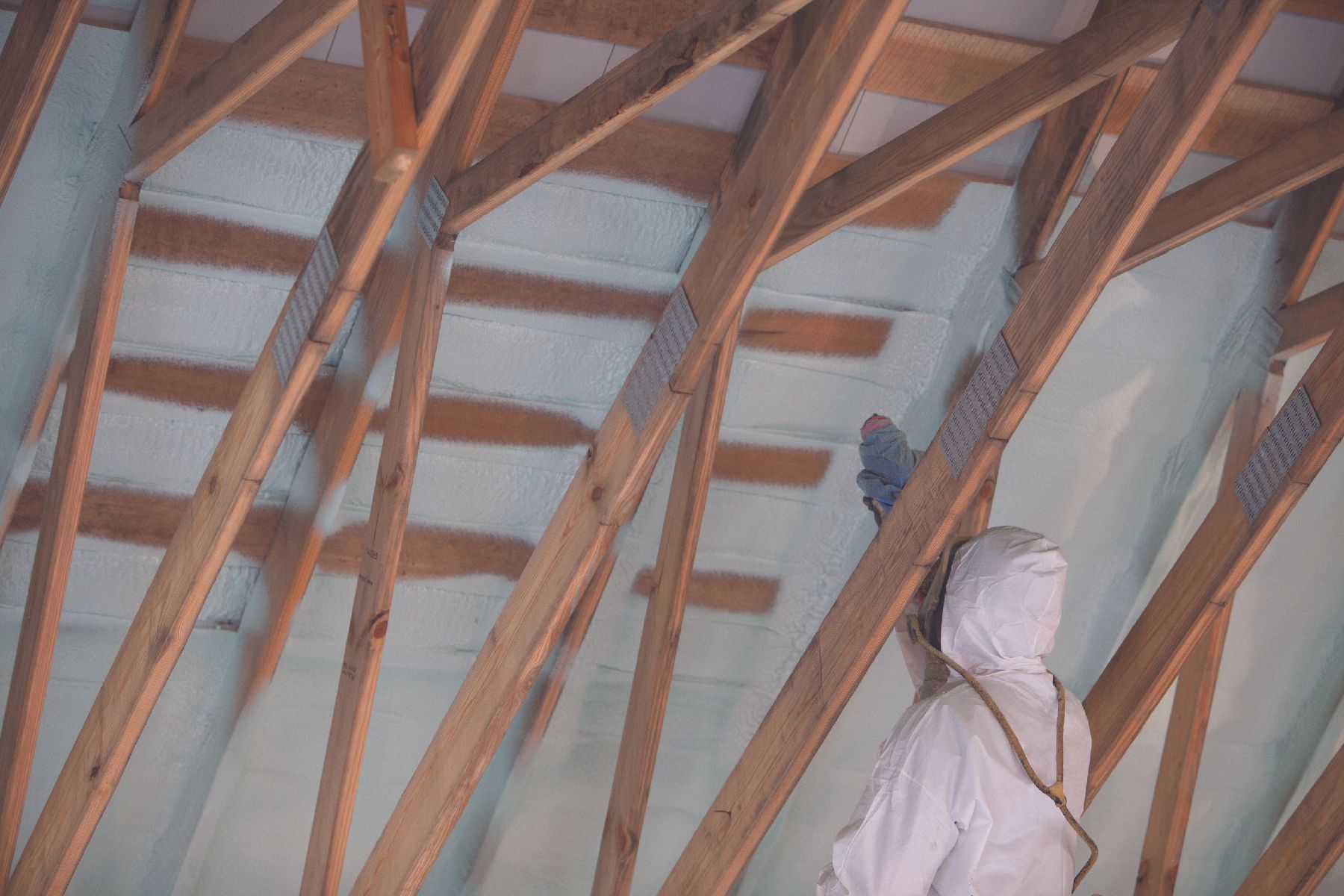
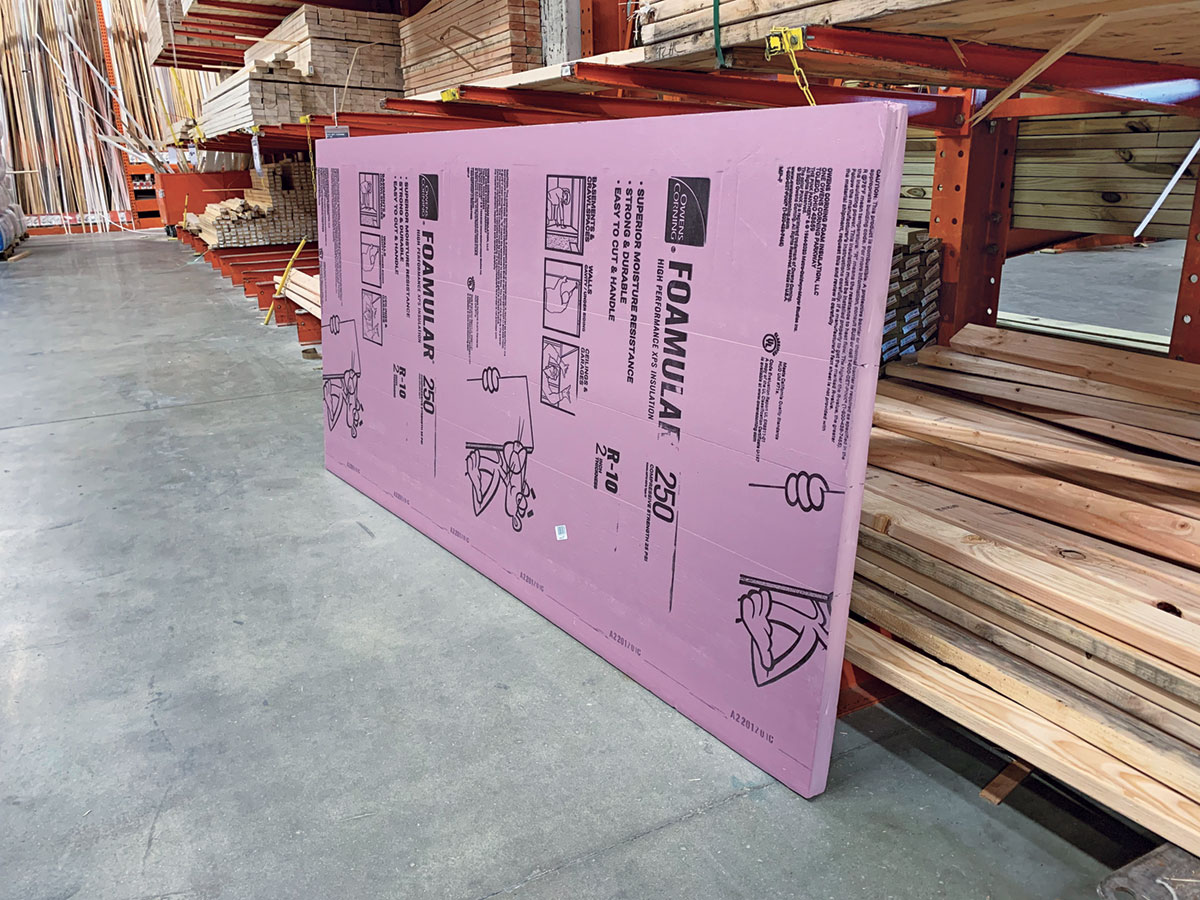
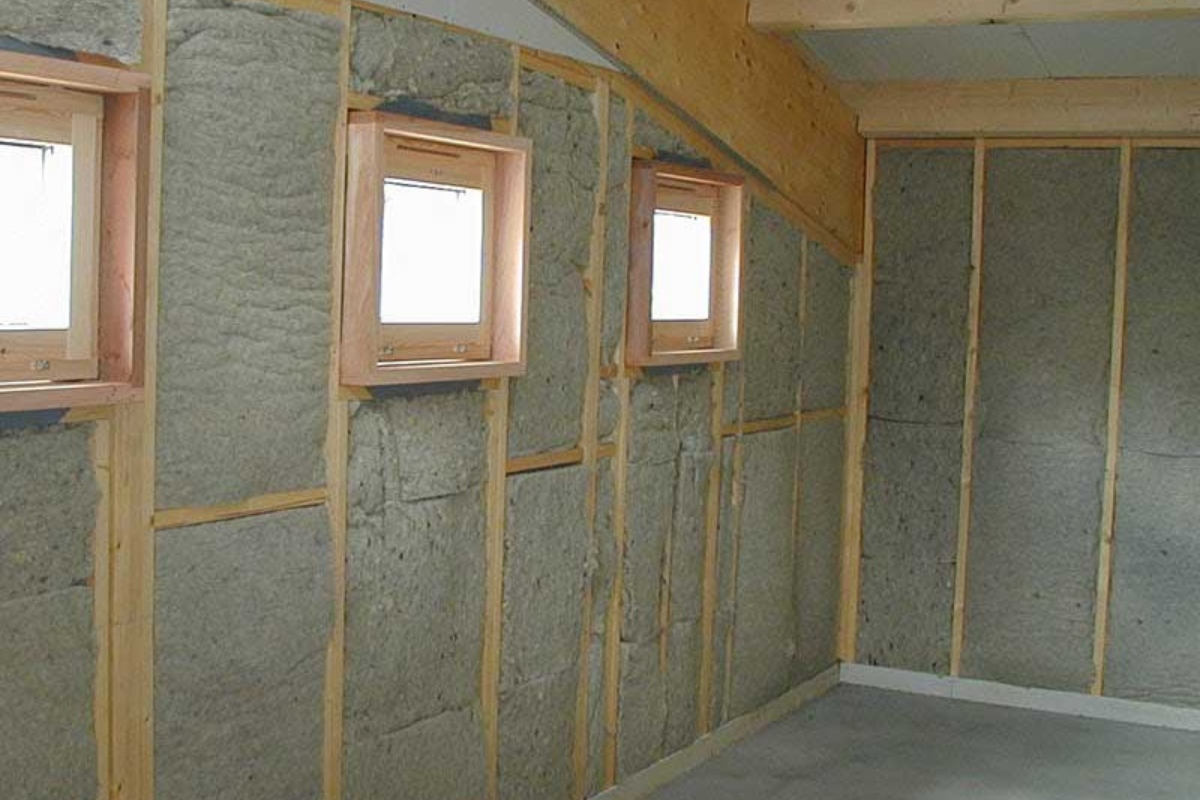
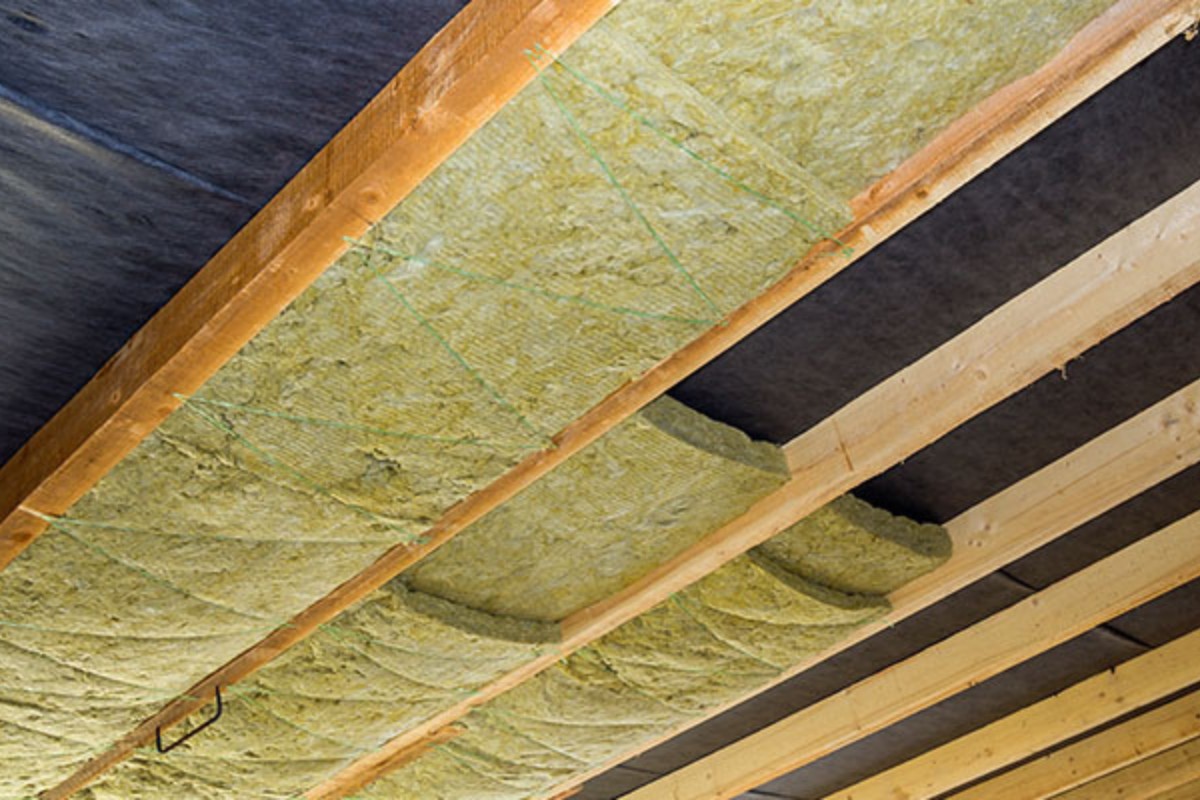
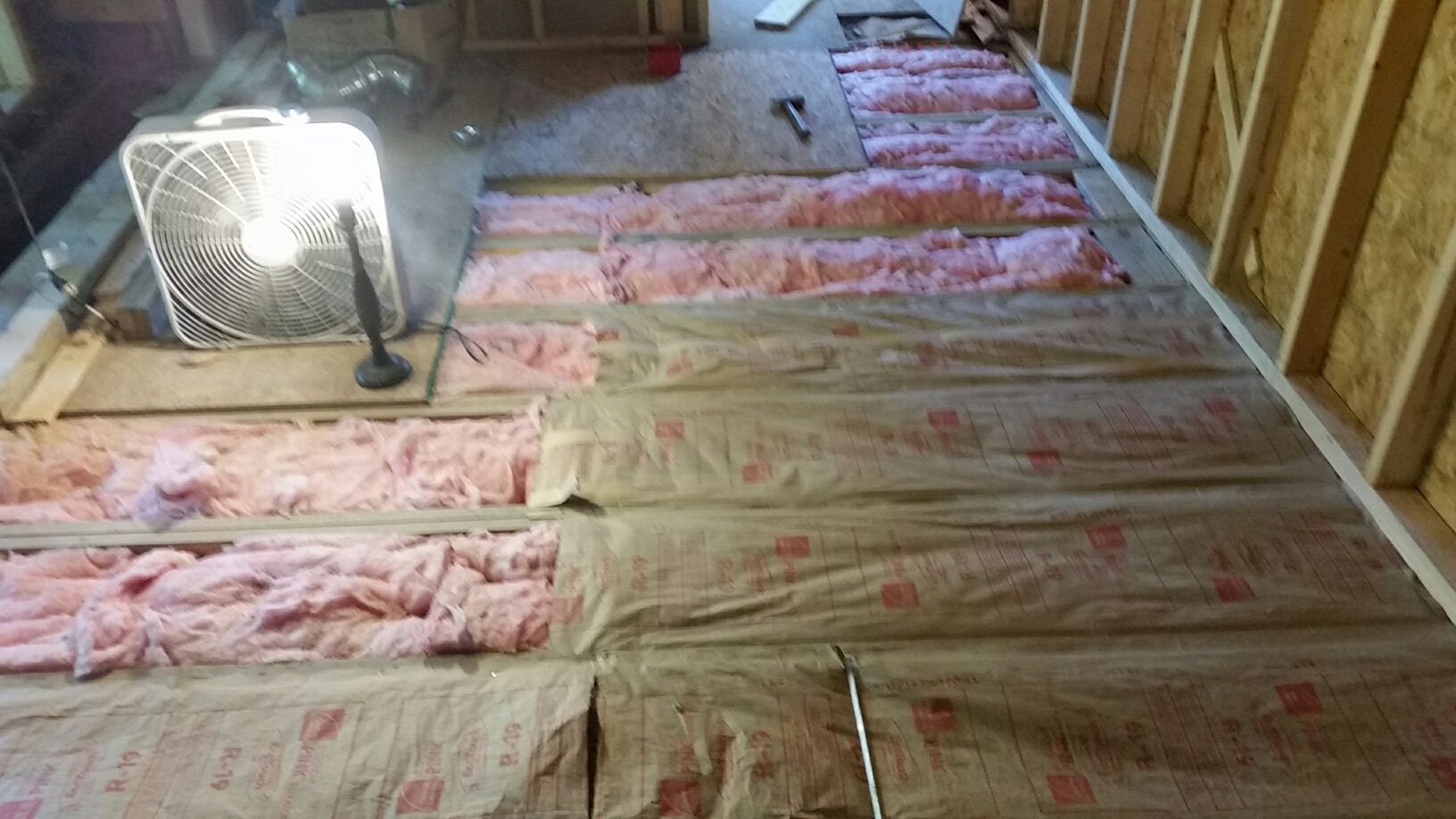
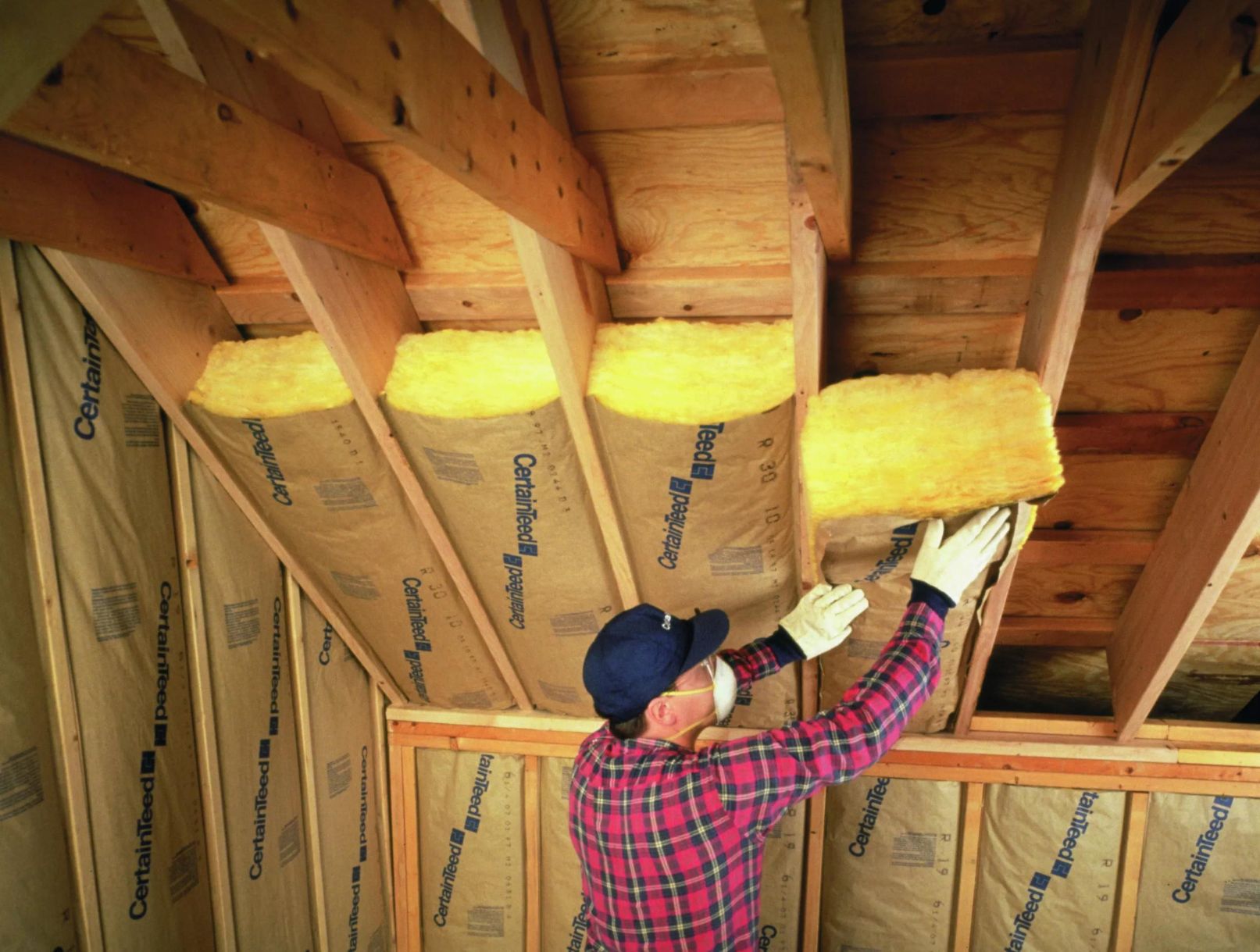
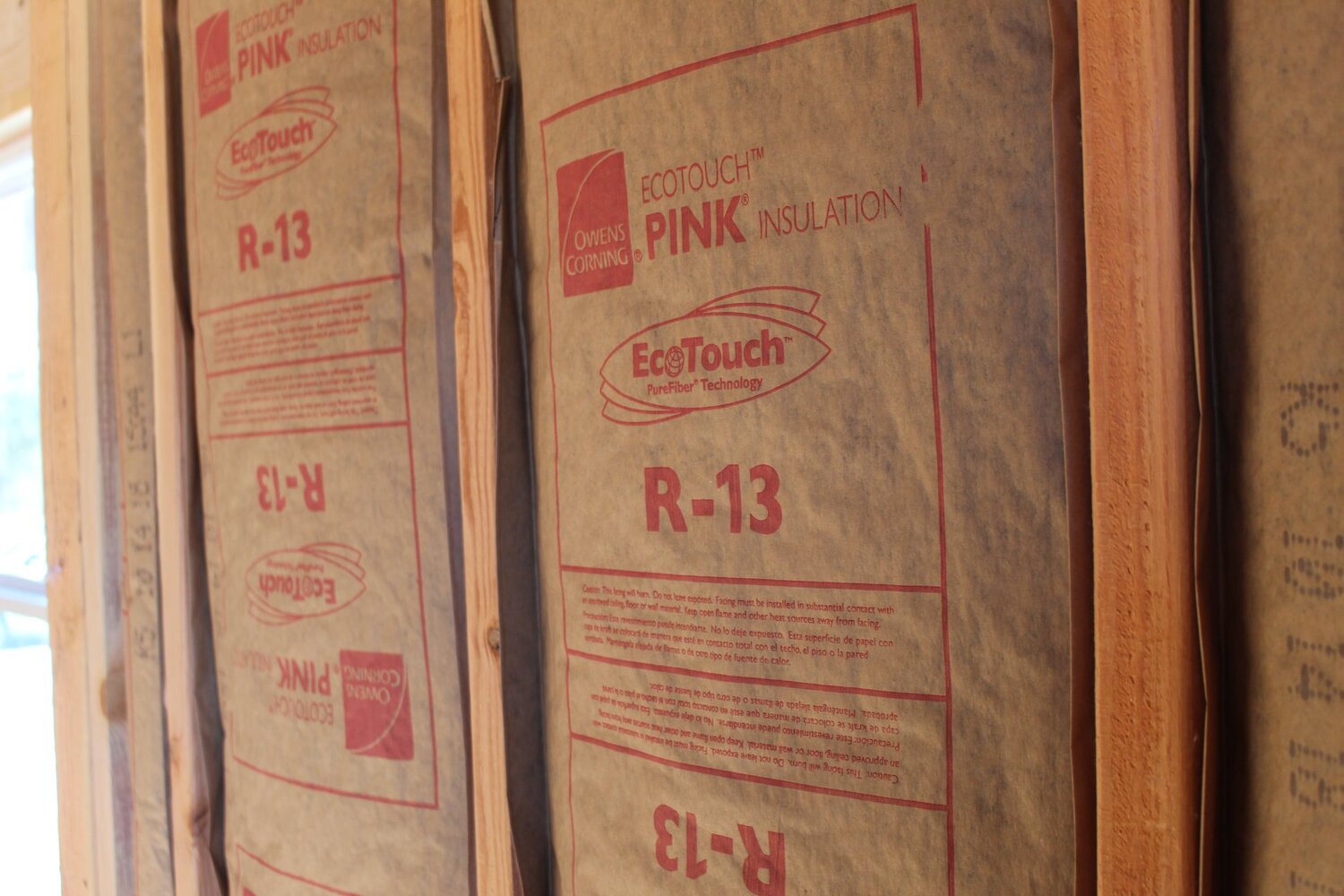
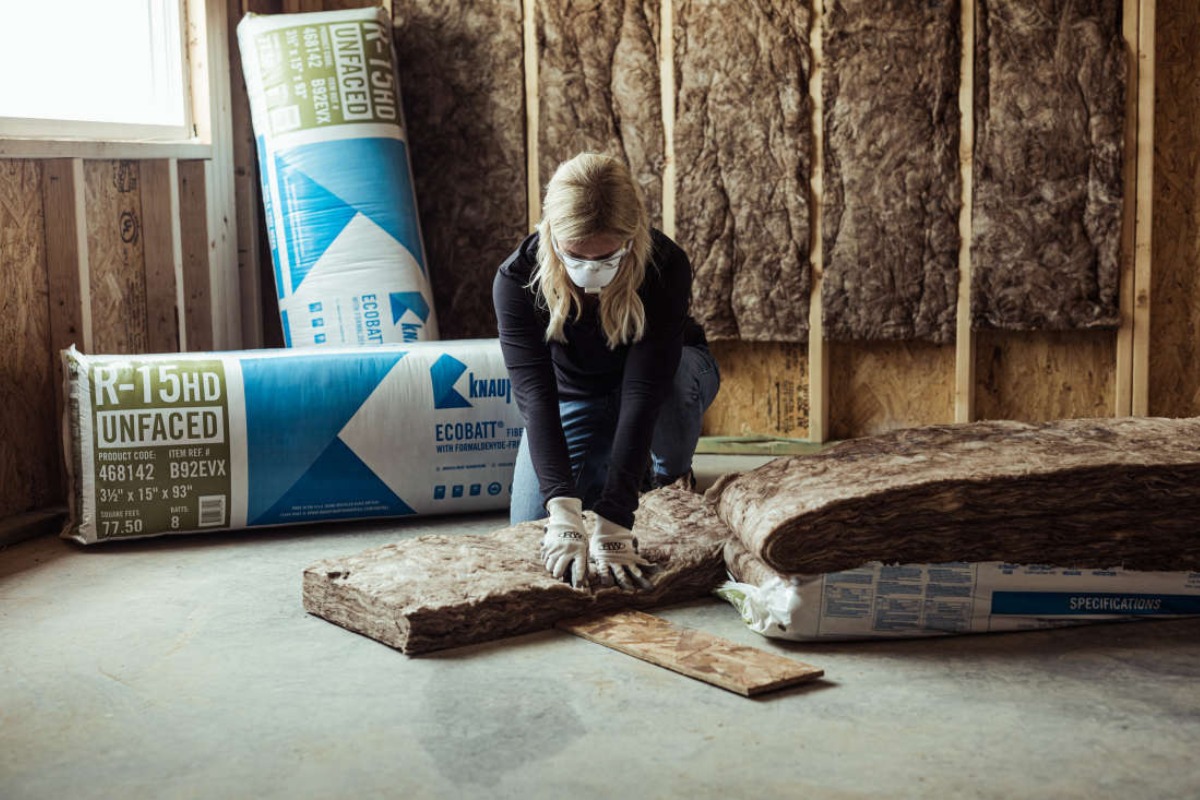

0 thoughts on “How Thick Is R-38 Insulation”